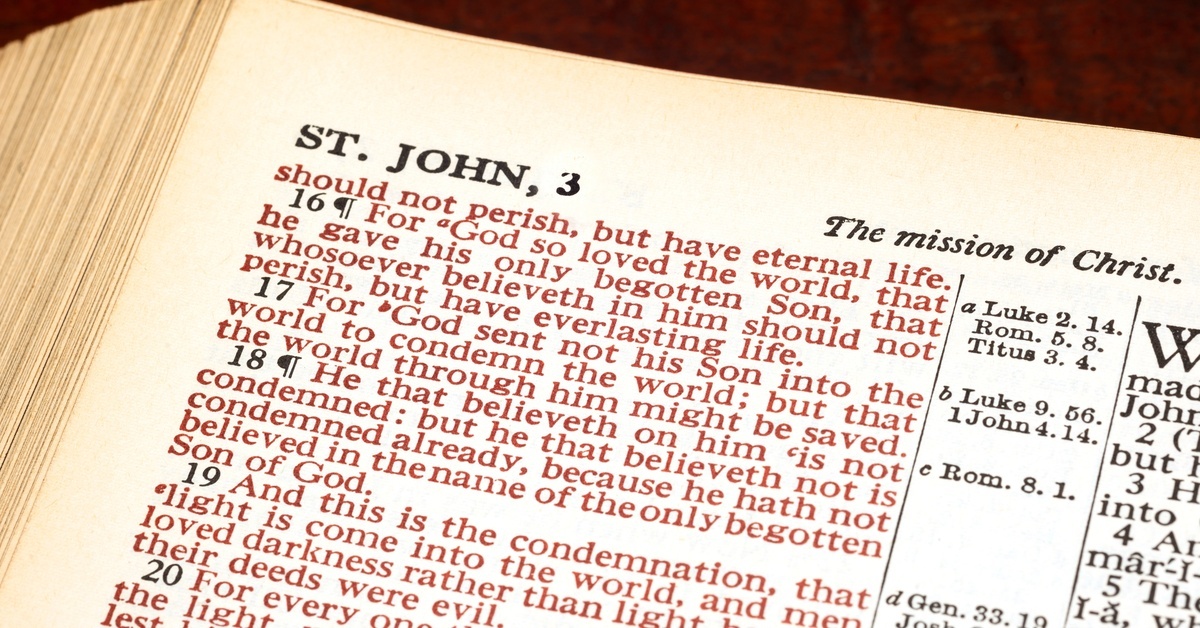Red-Letter vs. Black-Letter Bibles: Which Should You Choose?

Choosing the right Bible for you can feel overwhelming with so many options available. Bibles are available in various sizes, paper types, font designs, and other features that influence how they feel and your reading experience. One of the most common decisions you’ll face is whether to select a red-letter or black-letter edition. Red-letter Bibles highlight Jesus’s words in red ink, while black-letter versions print all text in standard black. Compare the benefits of each design to determine if you should choose a red-letter or black-letter Bible.
Ease of Reading
Black-letter Bibles often provide a more comfortable reading experience, especially during extended study sessions. The uniform black text creates less visual distraction and reduces eye strain that some readers experience with mixed colors. Many people find that black text on white paper offers the highest contrast and clearest readability. This consistency can be particularly helpful when reading for long periods or in varying lighting conditions.
In contrast, red-letter editions can add visual appeal and make the pages feel more dynamic and engaging. Bibles printed with high-quality red ink have better color contrast than those with inconsistent or overly bright shades, making them easier to read. Personal preference plays a significant role here, as some readers love the visual distinction while others prefer the simplicity of uniform text.
Finding Jesus’s Words
Red-letter Bibles excel at helping readers quickly locate Christ’s spoken words throughout the Gospels and other New Testament books. This visual distinction can be incredibly valuable for teaching, preaching, or personal study focused on Jesus’s teachings. The red text serves as an instant reference tool that can save time during preparation or group discussions.
Black-letter Bibles require readers to rely more heavily on context clues, quotation marks, and chapter headings to identify Jesus’s words. While this approach takes slightly more effort, it encourages readers to pay closer attention to the surrounding context of each statement.
Highlighting and Note-Taking
Black-letter Bibles typically provide a cleaner canvas for personal highlighting and annotation systems. When all text appears in the same color, your highlighting choices stand out more clearly and create less visual competition on the page. Many readers develop color-coded highlighting systems that work more effectively with uniform black text. The consistent appearance also makes it easier to photocopy pages or share highlighted sections with others without color confusion.
Red-letter editions can complicate highlighting strategies since you’re working with text that already uses two colors. However, some readers appreciate that the red letters are already “pre-highlighted” in a sense, which can complement their personal study system.
The decision between red-letter and black-letter Bibles ultimately depends on your personal reading habits and study preferences. Consider factors like eye comfort, study methods, and how often you reference Jesus’s specific words. At The KJV Store, we carry leather-bound Bibles in both black-letter and red-letter formats. No matter your preference, these Bibles feature durable paper and binding designed for long-lasting use and comfortable study.
